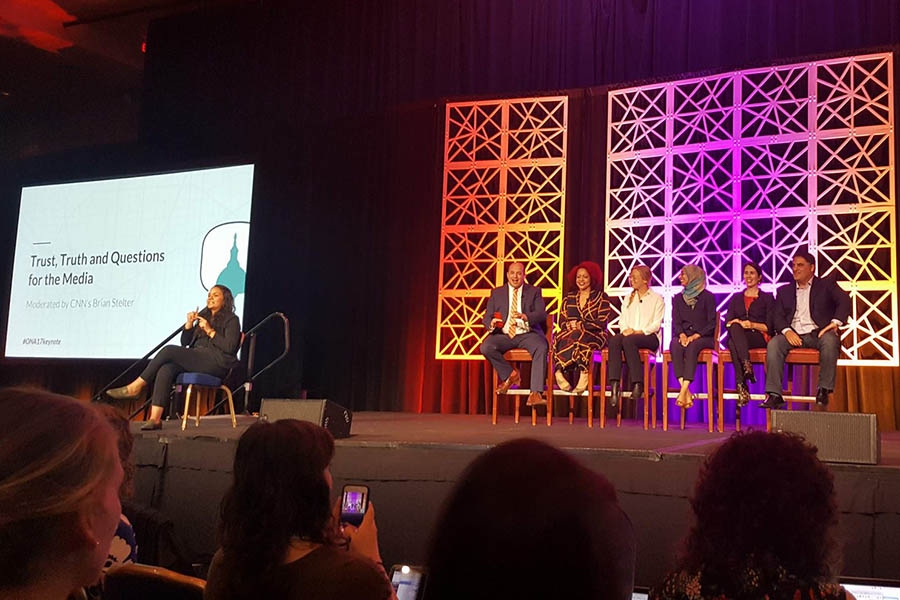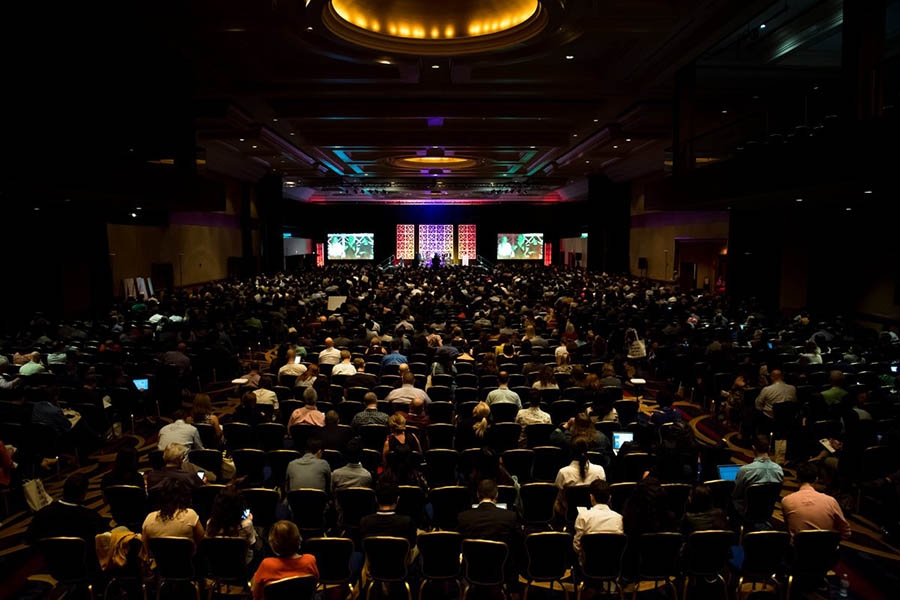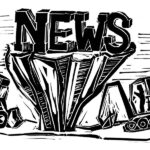More than 3,000 students, journalists and media executives gathered in Washington D.C. to learn about the latest trends in digital media.
Last week, my colleagues from The Beacon and I attended the annual Online News Association (ONA) Conference. ONA provides several opportunities for college students to network with leaders in digital media.
The conference featured some of the brightest stars in digital journalism, including editors and reporters from The Washington Post, The New York Times, CNN, Bloomberg and more.
Here are a few highlights from the event:
Day one of the convention began with an orientation for first-timers (like me), followed by welcoming remarks and a panelist keynote address.
That keynote, entitled “Trust, Truth and Questions for the Media,” featured Nikole-Hannah Jones of The New York Times Magazine (and former Oregonian reporter), Michelle Holmes of Alabama Media Group, Asma Khalid of WBUR, Elle Reeve of Vice News Tonight, Cenk Uygur of The Young Turks.
The panel was moderated by CNN‘s Brian Stelter.

The panelists kicked off the discussion by saying that journalists are often distracted by insignificant Trump Administration communications when they should be delving more deeply into substantive issues.
Reporters are too focused on waking up every morning and checking what the president has tweeted now. Instead, newsrooms need to conduct in depth reporting on underrepresented communities.
“We are covering the same people all the time,” Uygur said. “We need to go out to other communities. Our job is to represent the powerless.”
One of the sessions featured David Fahrentold, a Pulitizer Prize winning investigative reporter with The Washington Post.
He provided tips on becoming an expert interviewer and a persistent reporter when using social media to get information: e.g. how to interview someone who deflects the topic at hand and how to elicit good quotes.
Rob Wijnberg, editor of De Correspondent, and Jennifer Brandel, CEO of Hearken, talked about what a news organization would look like if it were “optimized for trust.”
.@robwijnberg said readers have expertise we don’t.
— Rachel Ramirez (@rachjuramirez) October 5, 2017
.@JenniferBrandel said that the 3 T’s: time, treasure and talent can build relationship and trust with the audience.
— Rachel Ramirez (@rachjuramirez) October 5, 2017
“No one can trust a view from nowhere, so be completely open about where you are coming from,” @robwijnberg said.
— Rachel Ramirez (@rachjuramirez) October 5, 2017
.@robwijnberg said that @decorrespondent comment section says ‘contribution section.’ It also says “Please share what you know.”
— Rachel Ramirez (@rachjuramirez) October 5, 2017
Another session focused on ethics in journalism. Reporters need to start thinking about “precision of language” and building trust and relationship with the audience, panelists said.
“Listening is a journalist’s superpower,” KPCC Manager Ashley Alvarado said.
The final day featured a talk by Amy Webb, a “quantitative futurist” who identifies and maps the impact of tech trends on our lives. She delivered a sobering account of the challenges facing journalism as a viable business model.
“I am worried about the future of journalism,” said Webb. Most people in the industry are already familiar with some of the trends she discussed:
- News organizations will lose revenue fast.
- Fake news will proliferate.
- News organizations still haven’t developed a business model for this future.
In our current political environment, journalists and readers can get tired of the often depressing news cycle.
The final keynote panel address offered some respite by featuring a satiric panel: “When Satire Is The Most Effective Political Coverage.” Speakers included Francesca Fiorentini of AJ+, Matt Negrin of The Daily Show, Melinda Taub of Full Frontal and was moderated by Versha Sharma of NowThis.
Here is a livestream of the panel:
I also attended networking parties hosted by Facebook, the Knight Foundation, TEGNA, The Washington Post and Google.
It was a thrill to be on the same rooftop at the Watergate Hotel as Carl Bernstein, the Washington Post investigative reporter who broke the Watergate story in the 1970s.
Here is a live video tweet taken by Nancy Copic, my advisor at The Beacon:
Carl Bernstein on rooftop of Watergate Hotel #ONA17 https://t.co/Au5yIgSzjw
— Nancy Francis Copic (@NancyCopic) October 6, 2017
Rachel Ramirez is an Oregon Business intern.





